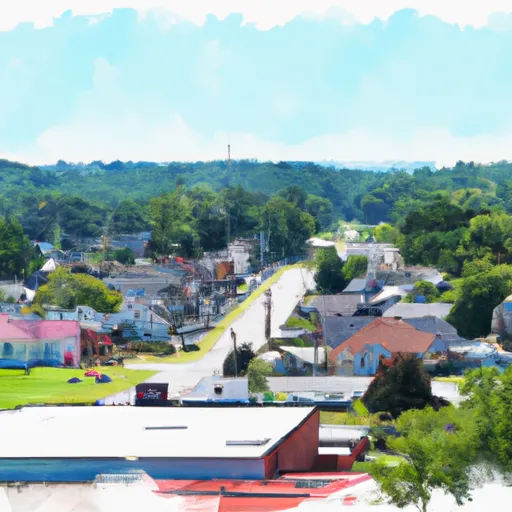°F
°F
mph
Windspeed
%
Humidity











Low Moor is a small unincorporated community located in Alleghany County, Virginia. The climate in Low Moor is characterized as a humid subtropical climate, with hot summers and mild winters. Summers bring temperatures averaging in the upper 80s (°F), while winters are generally mild, with temperatures rarely dropping below freezing. Precipitation is evenly distributed throughout the year, with an average annual rainfall of around 40 inches.
Hydrologically, Low Moor is situated near the Jackson River, a tributary of the James River. The river provides opportunities for fishing, boating, and other water-based activities. The region is also known for its abundant groundwater resources, which contribute to the overall hydrology of the area.
Outdoor enthusiasts will find various recreation opportunities in and around Low Moor. The area offers scenic hiking trails, such as the Jackson River Scenic Trail and the Alleghany Highlands Blueway, which provide opportunities for nature exploration, bird-watching, and biking. There are also nearby national forests and state parks that offer camping, hunting, and wildlife viewing options. For those seeking relaxation, the nearby Hot Springs provides natural hot mineral baths and spa treatments. Whether you enjoy outdoor adventures or serene natural experiences, Low Moor and its surrounding area offer a range of opportunities to explore and enjoy the great outdoors.
Weather Forecast
Low-Moor receives approximately 1043mm of rain per year, with humidity levels near 82% and air temperatures averaging around 13°C. Low-Moor has a plant hardyness factor of 7, meaning plants and agriculture in this region tend to thrive during the non-winter months.
Regional Streamflow Levels
18
Cubic Feet Per Second
166
Cubic Feet Per Second
272
Cubic Feet Per Second
36
Cubic Feet Per Second
Nearby Camping
| Camping Area | Reservations | Toilets | Showers |
|---|---|---|---|
| Seneca State Forest | |||
| Pine Run - Lake Sherwood | |||
| Mcclintic Point | |||
| Pocahontas | |||
| Bird Run | |||
| Blowing Springs |



